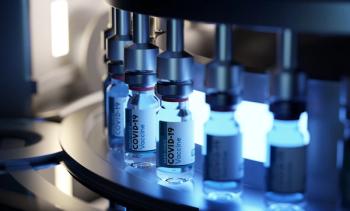
Multiple sclerosis is dependably among the most expensive chronic diseases to treat, but there are ways to reduce the size of the bill.

Multiple sclerosis is dependably among the most expensive chronic diseases to treat, but there are ways to reduce the size of the bill.

A small fraction of those who were eligible under previous U.S. Preventive Services Task Force recommendations were screened with low-dose CT scans. New recommendations will make an additional 6.4 million Americans eligible, but a number of barriers to screening remain.

PBMs say exclusions are important for negotiating lower prices on behalf of health plans and members. Some payer and provider groups say they interfere with patient access to medicines.

Companies are forming and investment dollars are pouring in. Can these services make mental healthcare more accessible and affordable as the pandemic leaves depression and anxiety in its wake?

The model has put the patient at the center of healthcare.

Breaches in online vaccination schedulers are the among the security problems the healthcare sector is scrambling to fix.

Providers are moving toward acceptance; the rules are here to stay. Payers recognize that people need to know prices.

Smaller providers that have seen sharp declines in revenue may be acquisition targets for large healthcare systems.

Longer half-lives mean less frequent administration and improved quality of life.

The supply side of the COVID-19 vaccine rollout has garnered most of the attention. But a recent survey on American beliefs about the vaccines suggests that the bigger problem may be on the demand side of the equation.

There’s no going back to the ways of working before COVID-19’s arrival, say many in the industry. Insurers and PBMs are reducing their footprint as work becomes part remote, part in person.

Copay accumulators are a common feature in health insurance plans sold on the ACA exchanges, according to a recent report from an AIDS advocacy group that wants the Biden administration to reverse a decision made by the Trump administration that allowed continued use of accumulators.

Researchers find that it is quite the opposite.